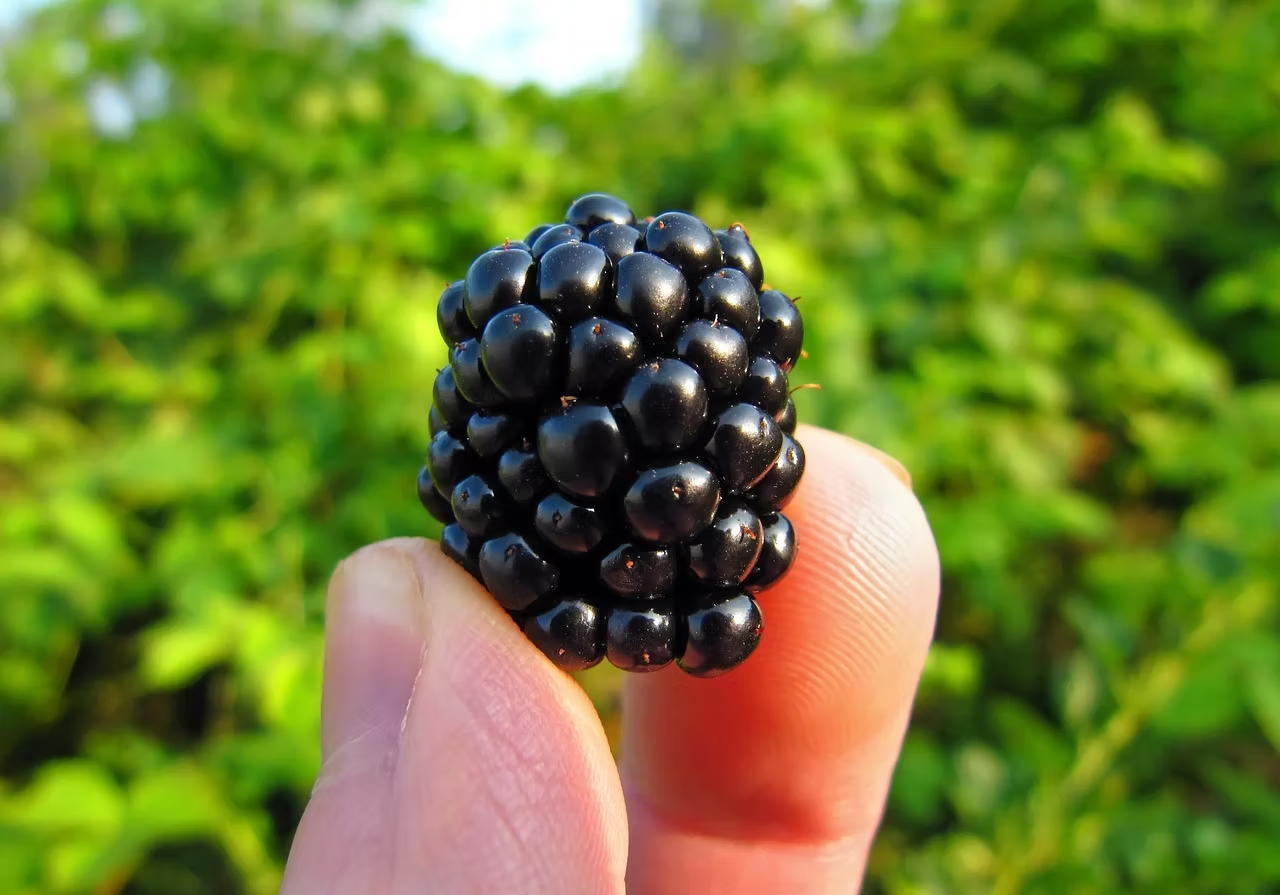Invasive Weeds
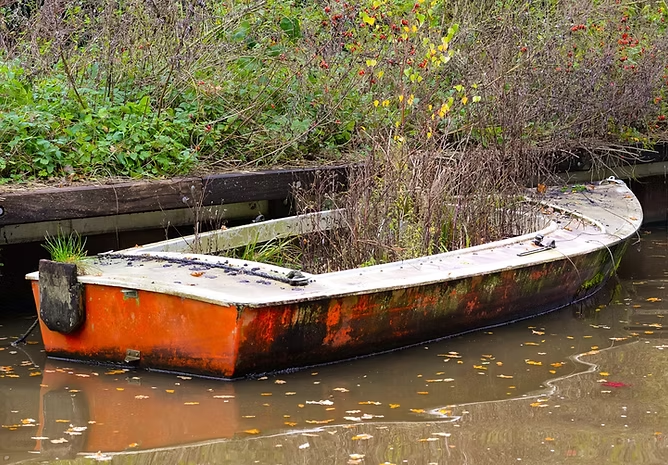
What to know if you have weeds on your property.
Whatcom County is a hub of trade and commerce, and has been for centuries. Being connected to a global economy often means unintentionally inviting non-native organisms onto our landscape that overtake indigenous flora and fauna with ease. Below we will cover the three most common invasive species you are likely to find in Whatcom County. Reach out to us to learn more about how to handle them on your property. The best time to begin managing your invasive species is yesterday. The second best time is today.
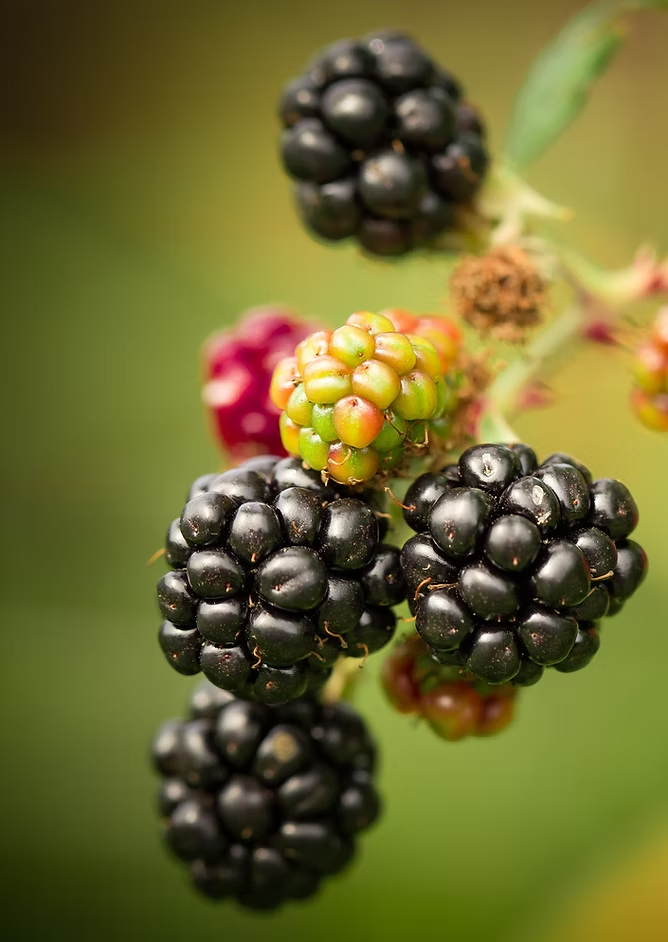
Blackberry
Himalayan Blackberry and Evergreen Blackberry are extremely common and aggressive invasive weeds in Whatcom County. Our abundance of disturbed sites like clear cuts, roadsides and urban dwellings provide ample opportunity for this plant to grow.
Blackberries out compete native species for soil nutrients and easily stifle their growth. Additionally, blackberry creates large impassable areas and contributes to habitat fragmentation. Left unchecked, Himalayan blackberry can grow over 20 feet in a single year.
When clearing, cuts and nicks are often unavoidable but can be mitigated by wearing proper safety equipment such as safety glasses, thick leather gloves, and thick clothing. Clothing designed for heavy arbor work, such as chainsaw chaps, are a good companion to deal with blackberry thorns.
The plant can only be killed by removing or destroying the roots. When digging be sure to remove all the roots, as they can easily resprout and undo all of your hard work.
As an absolute last resort measure herbicide may be applied. Consult a professional to get an evaluation before application.
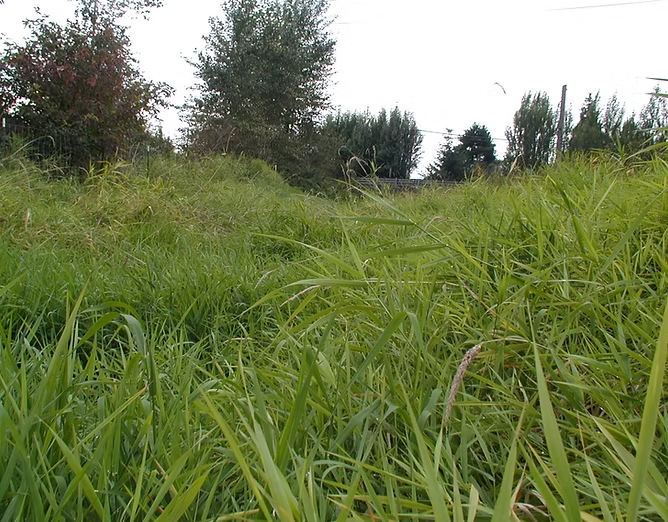
Reed Canary Grass
Reed Canary Grass is another aggressive invasive species that easily outcompetes others.
The grass does not provide much nutrition and provides little to the ecosystem. Additionally, the lack of rootage can contribute to siltation in our streams and irrigation ditches, which is bad news for our salmon and many other species.
It is one of the most common species to be found in riparian zones, and prefers saturated soil.
Mowing before seed heads can be formed can prevent reseeding. You can target your landscape maintenance to twice yearly mowings, once in early June and once in early October, to mitigate growth.
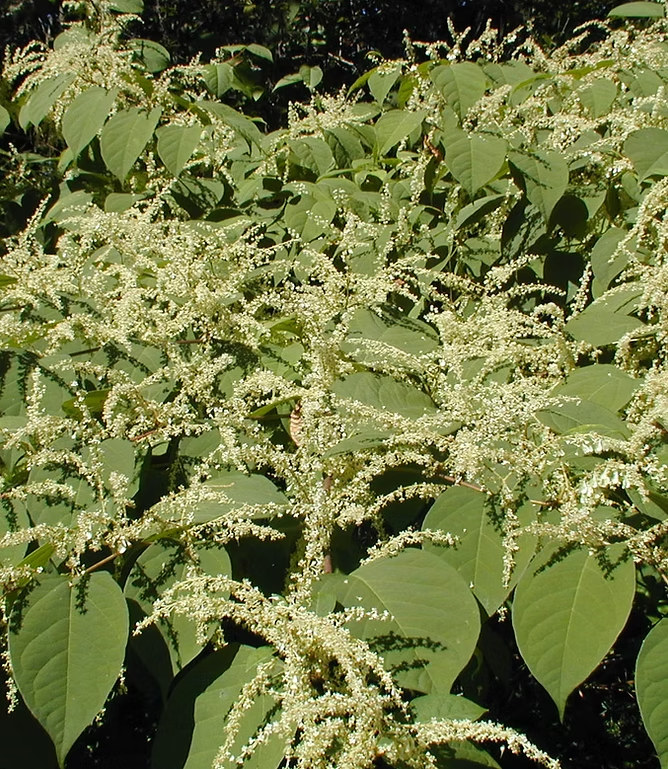
Knotweed
Knotweed is another highly invasive plant species that poses a threat to the ecosystem in Whatcom County. The plant can quickly outcompete native plants and significantly reduce biodiversity. Knotweed is also known to cause damage to infrastructure and buildings due to its aggressive root system.
This plant is highly resilient and can grow in a variety of environments, including riparian zones, roadsides, and disturbed areas. It is able to rapidly spread through vegetative reproduction, making it difficult to control.
To manage Knotweed, early detection is crucial, and it's recommended to remove the entire plant, including roots, before it has a chance to establish.
Repeated treatments are usually required to ensure eradication, and it's important to dispose of the plant material appropriately to prevent further spread. In addition, restricting soil movement and taking steps to prevent disturbances in areas where Knotweed is present can help limit its spread.
